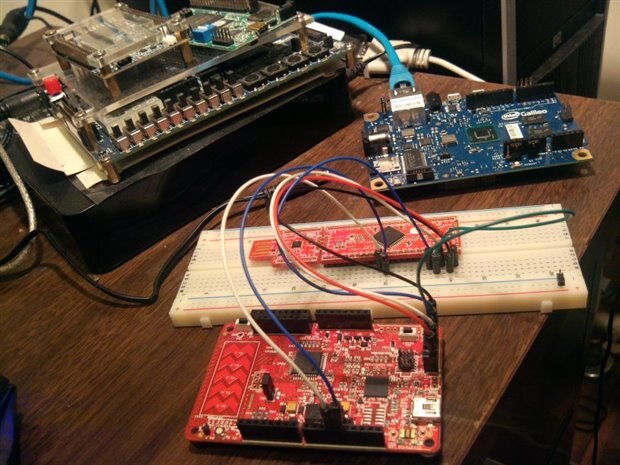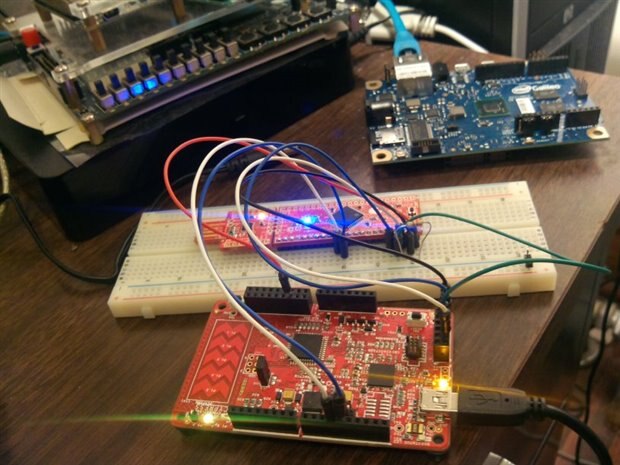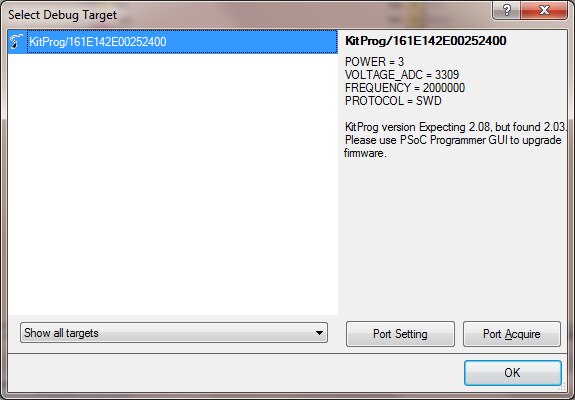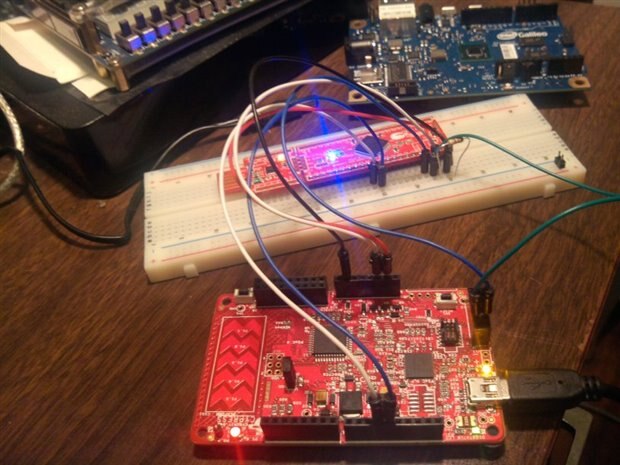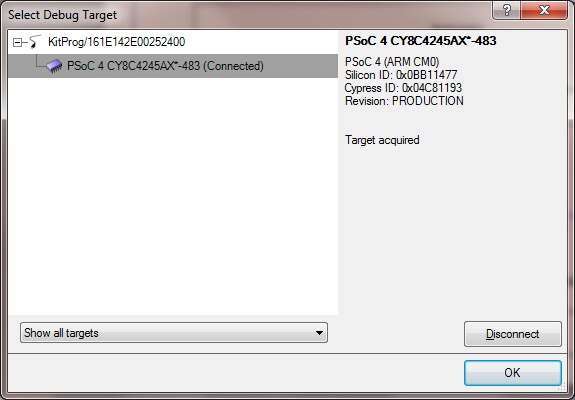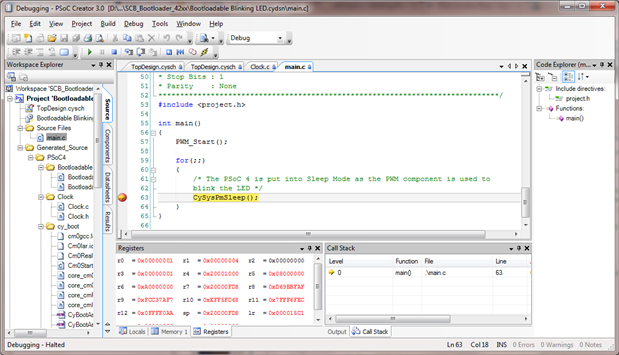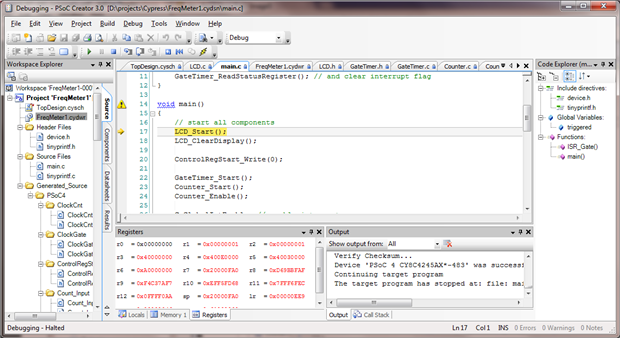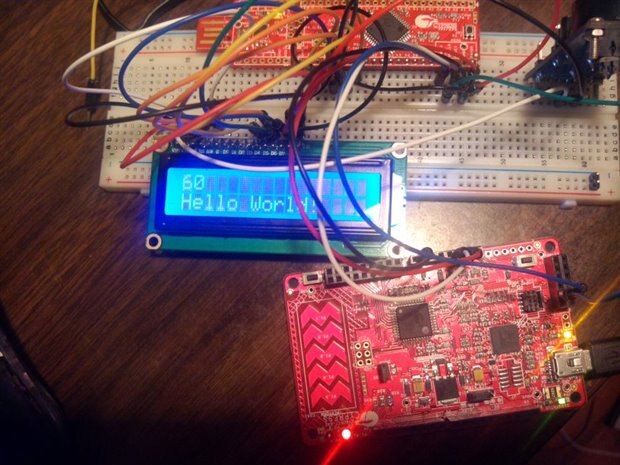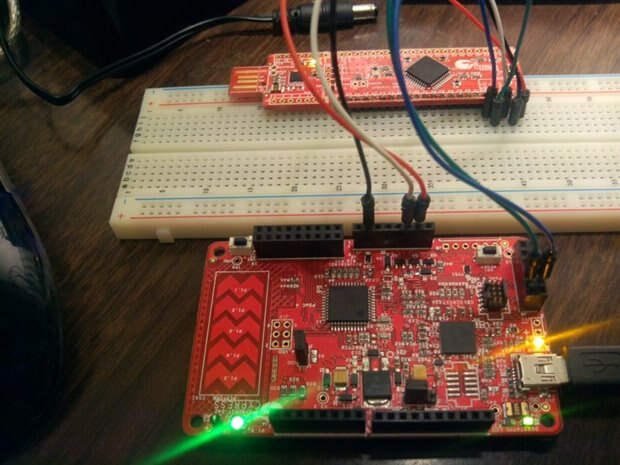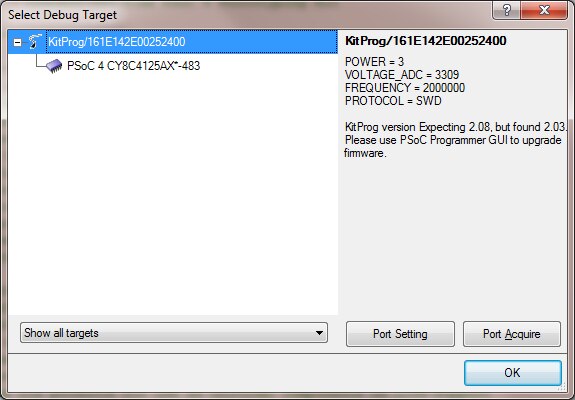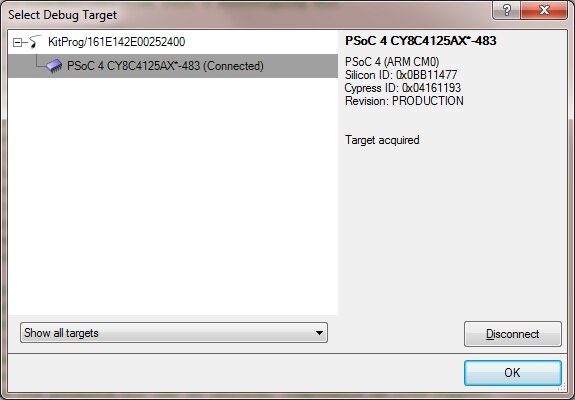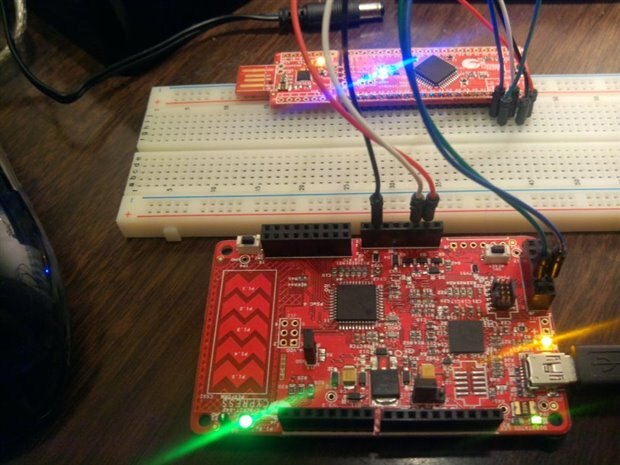Hello!
Today I would like to post an extra project for you guys. Attached to this post is the firmware for the PSoC 5LP device on the Pioneer kit. If you are designing a board and need a programmer and debugger for the board feel free to copy the PSoC 5LP layout on the Pioneer board and use this firmware to enable programming and debugging. The layout files are on the Cypress Pioneer Kit web page:
This will allow you interface your custom board with our PSoC Creator and PSoC Programmer development tools.
In the example attached we have two projects, the source code for the PSoC 5LP and a base bootloadable project. To build the project you will need to perform the following actions:
1. Make the project KitProg_Bootloader active and build it first.
2. Open the KitProg project TopDesign.
3. Doube click the bootloadable component to open the bootloadable configuration.
4. Select the tab 'dependencies' and select the browse button.
5. Browse to the folder where the KitProg Bootloader.hex file is generated and select this file. Click Ok.
Good Luck!
Matt

